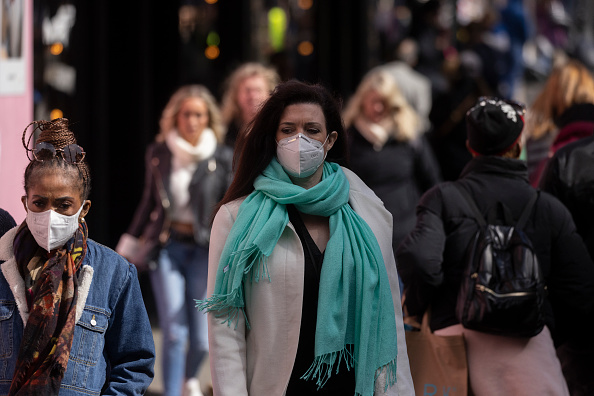There are concerns that a new COVID-19 surge in the United States could unfold in the wake of the new omicron subvariant’s emergence.
XBB.1.5 is the new member of the omicron sublineage that sparked concerns among health experts this week after data showed how quickly it spread.
Dr. Ashish Jha, the White House COVID-19 response coordinator, noted on Twitter Wednesday that there’s been a “stunning increase” in the cases caused by XBB.1.5 in the country over December.
“Over the holidays, you may have heard about omicron XBB.1.5. It went from 4% of sequences to 40% in just a few weeks. That’s a stunning increase,” he tweeted.
Epidemiologist and the World Health Organization’s (WHO) technical lead on COVID-19 Maria Van Kerkhove echoed the same sentiments, saying they are “concerned about its growth advantage.”
Van Kerkove pointed out via CNN that the new strain, first detected in the U.S., is the “most transmissible form of omicron to date.” It has already spread to at least 29 countries thus far.
Despite the threat of XBB.1.5 starting new waves of infections in different parts of the world, Van Kerkhove was optimistic that there wouldn’t be serious effects when proper countermeasures remained in place.
“We do expect further waves of infection around the world, but that doesn’t have to translate into further waves of death because our countermeasures continue to work,” she explained.
Jha said in a separate tweet that XBB.1.5 “binds more tightly to the human ACE receptor,” so it could be more contagious than the other omicron subvariants.
He added that the best protection tool against XBB.1.5 is the new bivalent COVID-19 vaccine. The bivalent shots from Moderna and Pfizer can help protect against infection and serious illness caused by the new strain, according to the expert.
“We can work together to manage the virus. And if we all do our part, we can reduce the impact it will have on our lives,” he concluded his Twitter thread.
Meanwhile, Van Kerkhove said the WHO is working on a risk assessment for the new strain by looking at real-world data on hospitalizations and their severity. The report will be released in the next few days.














